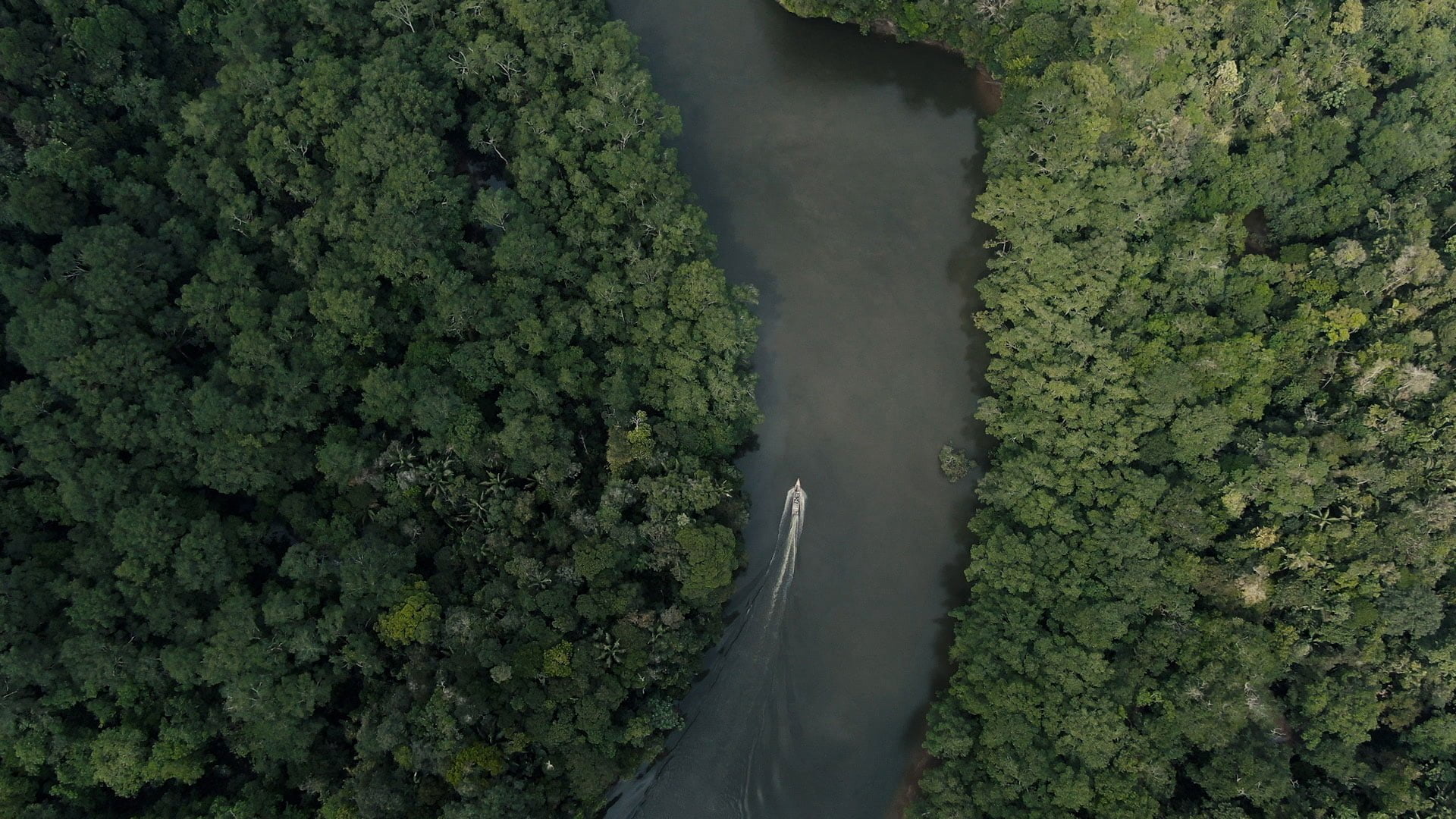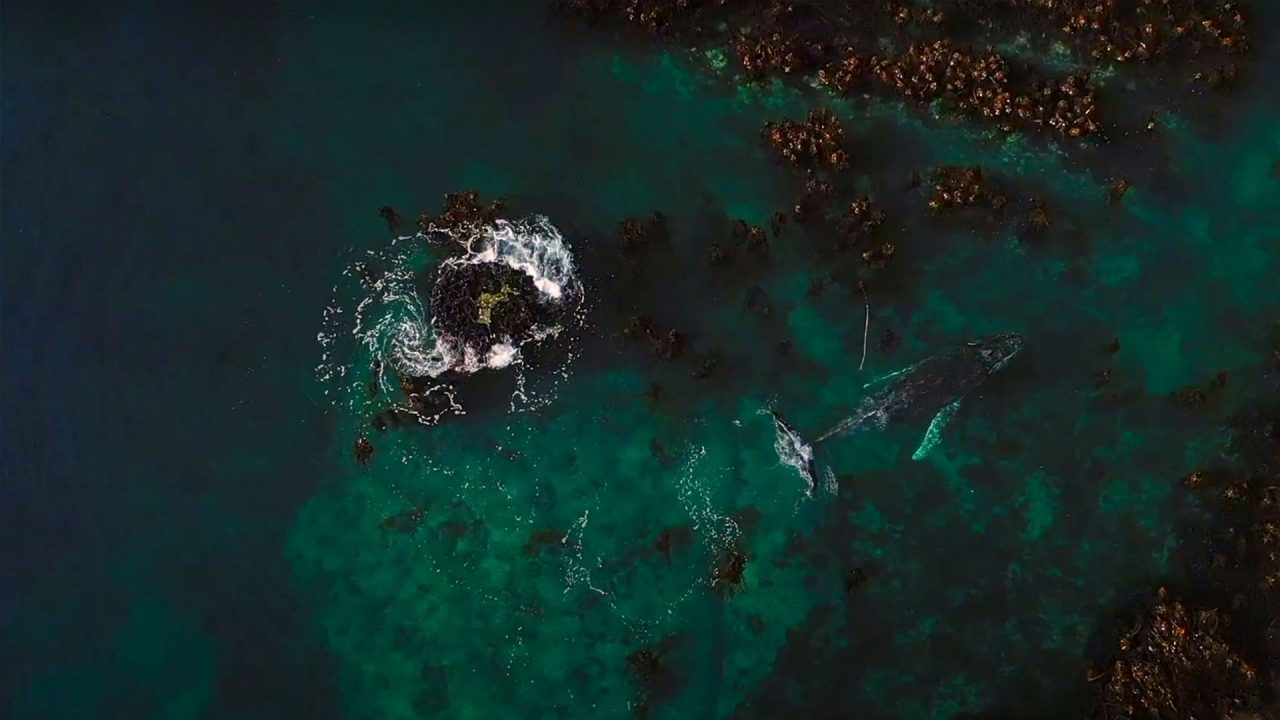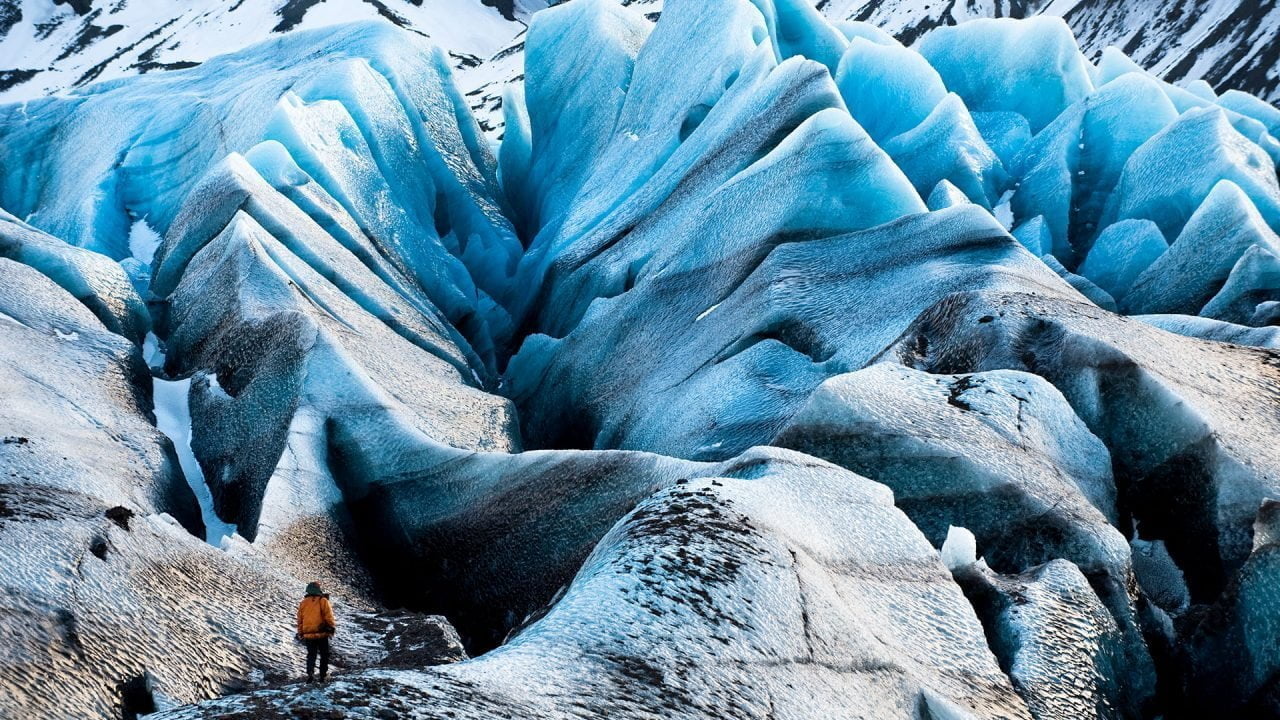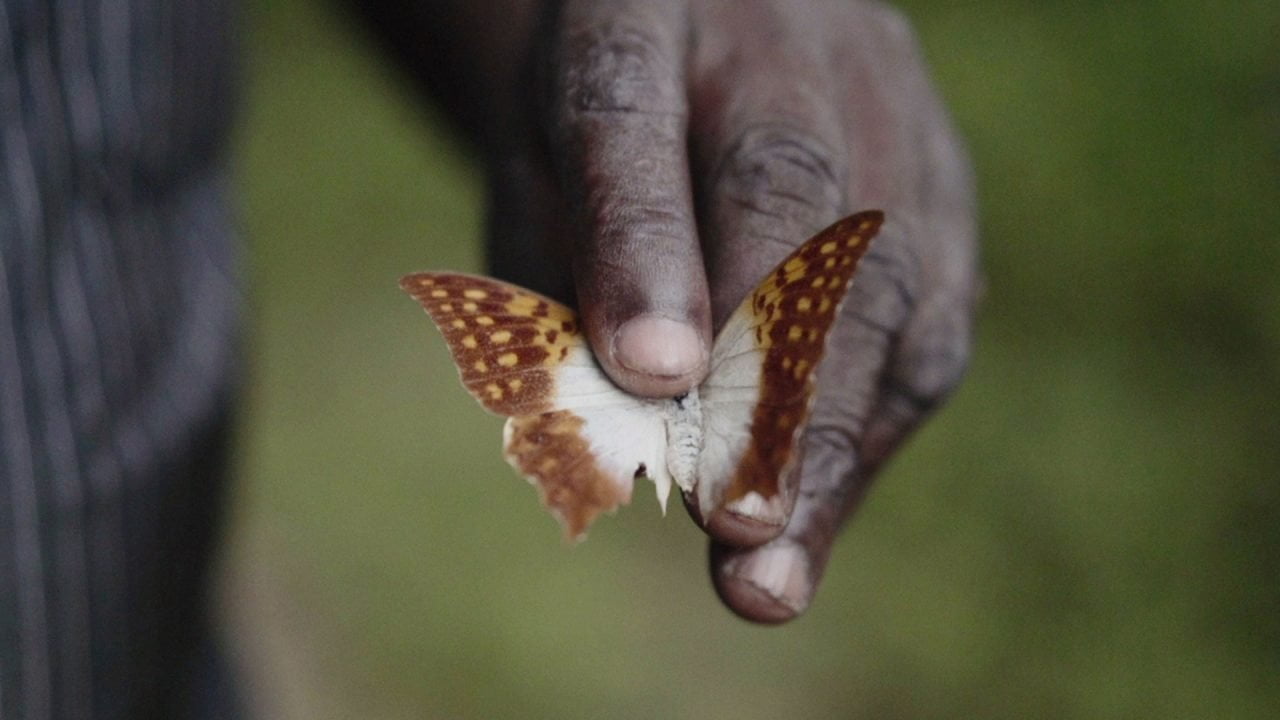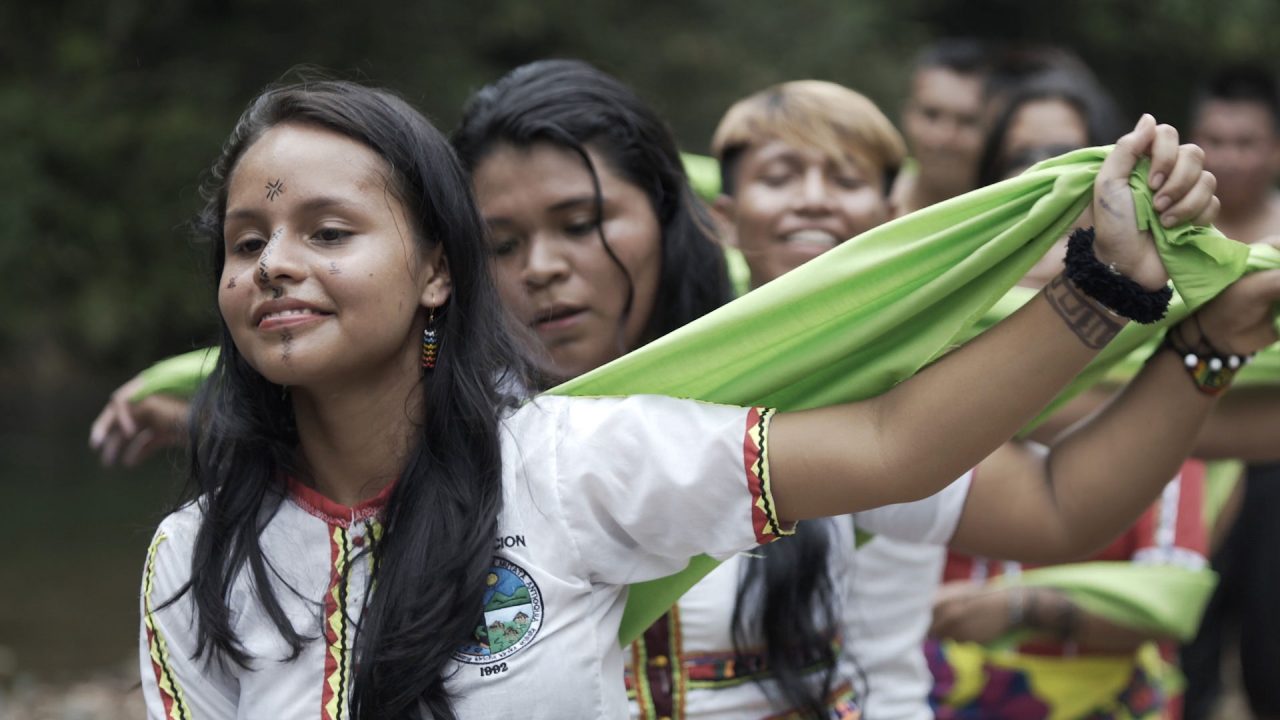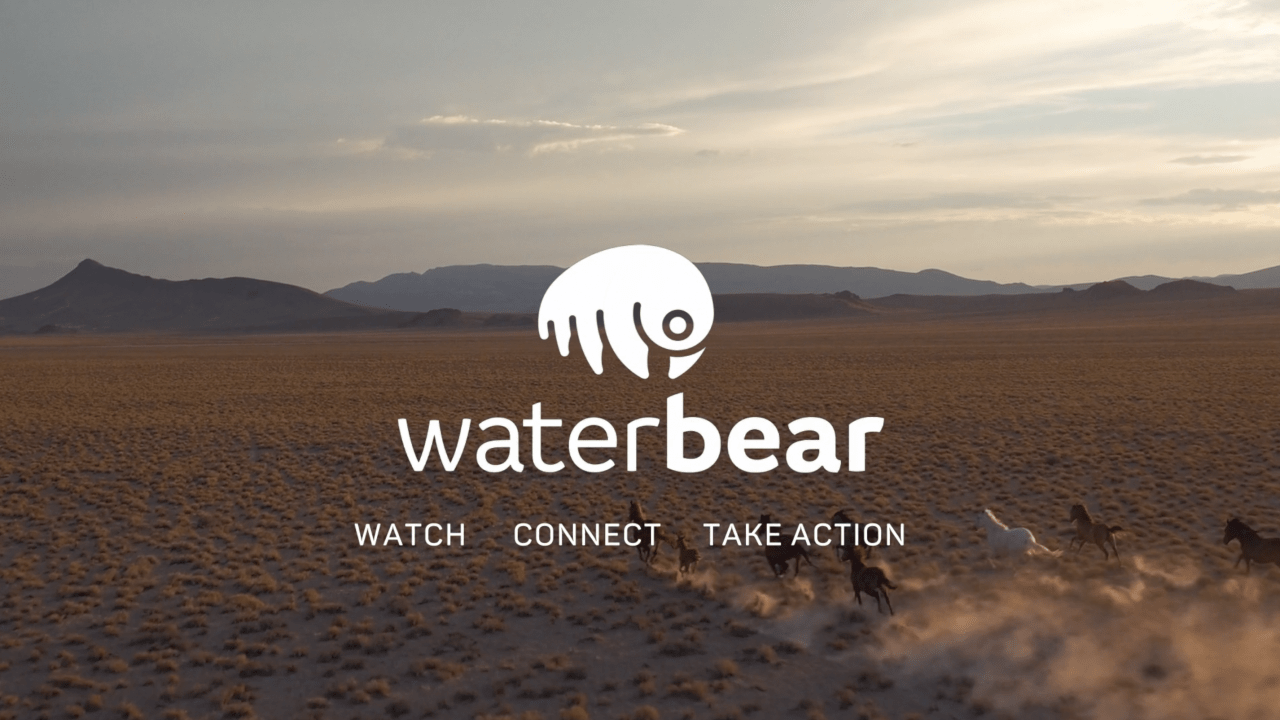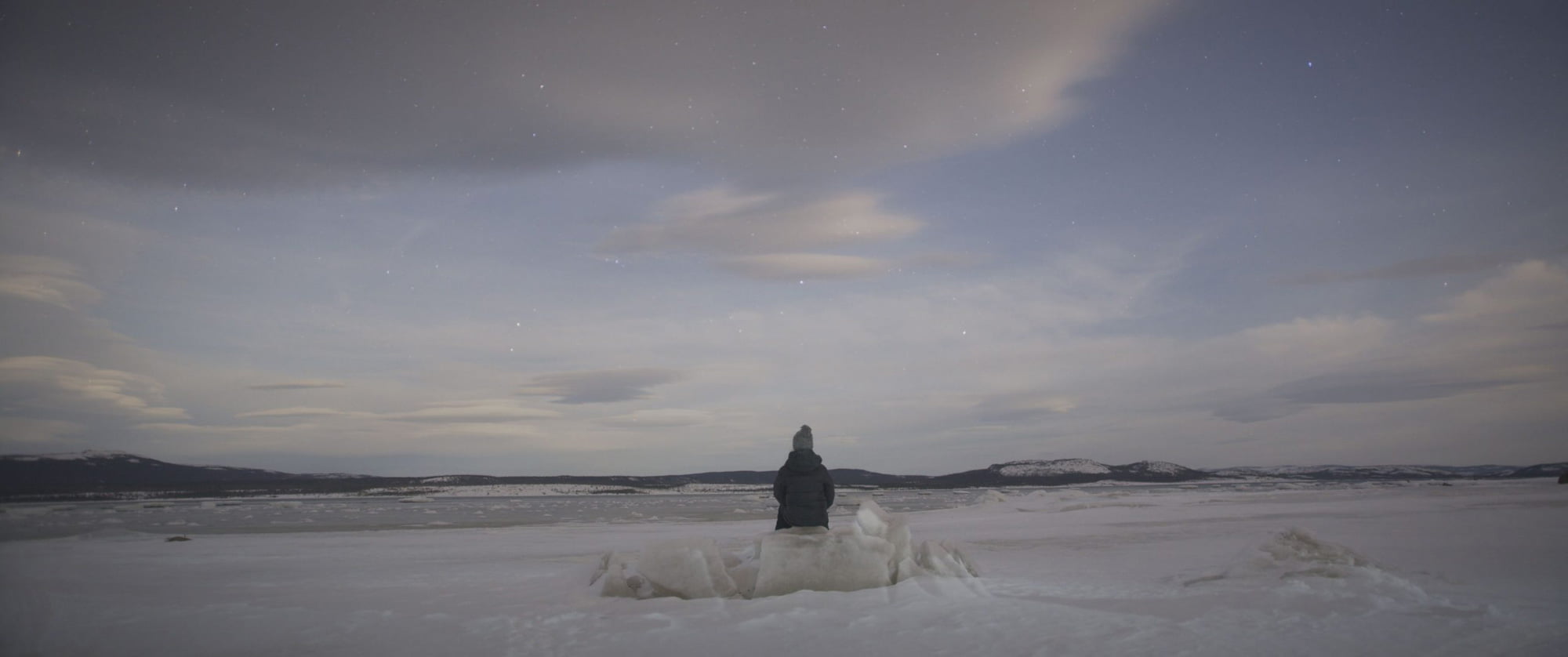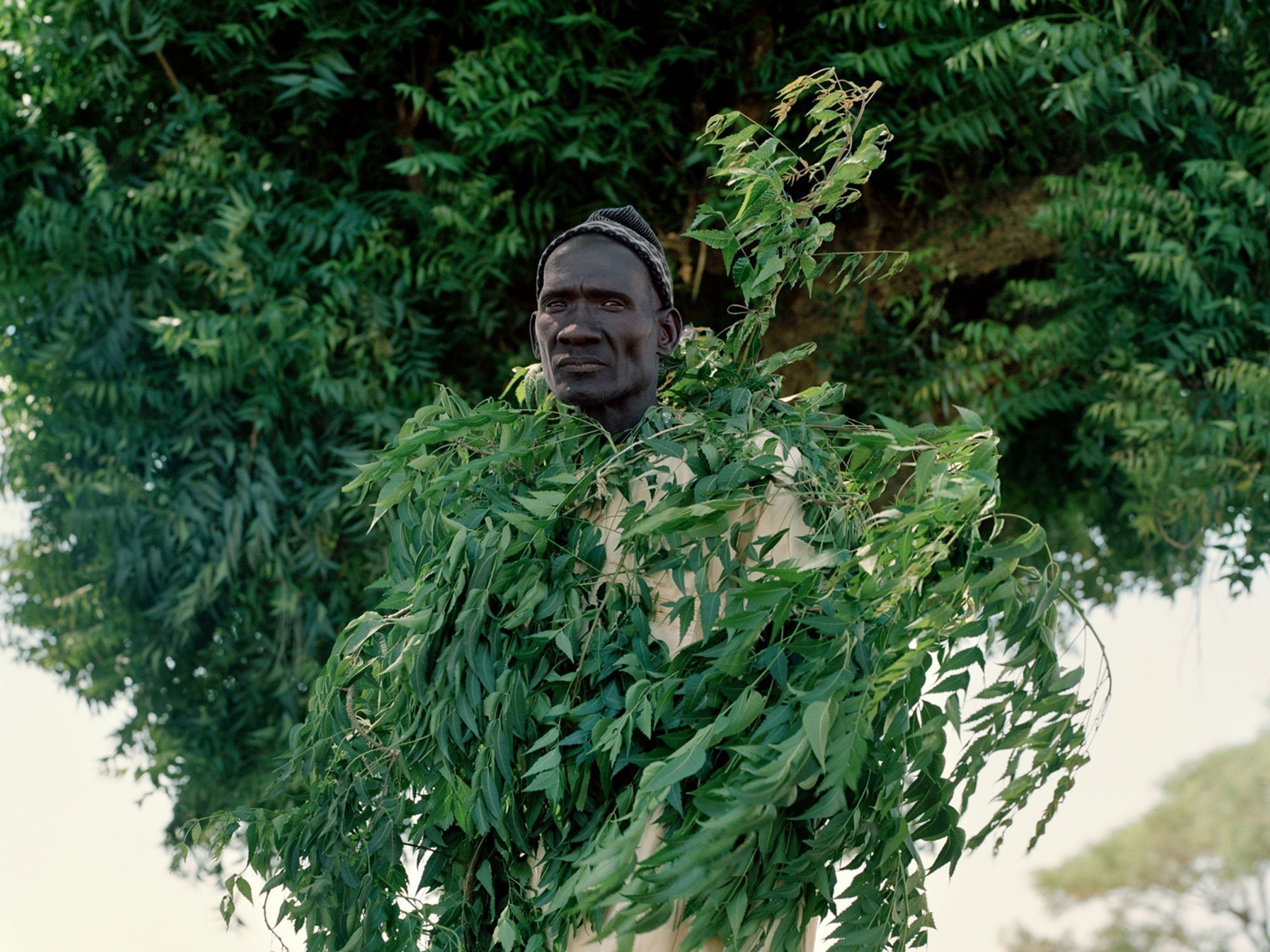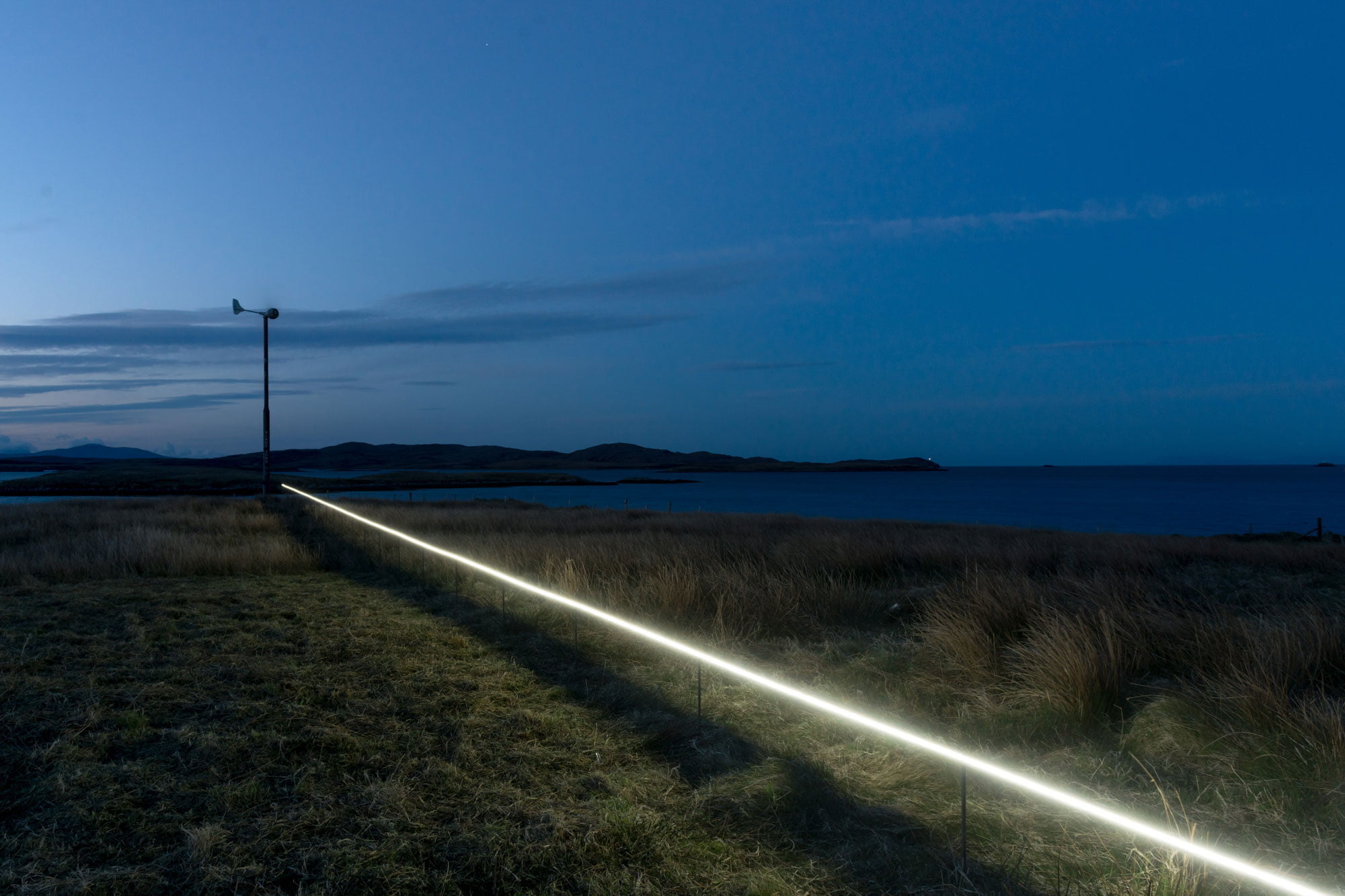You know the feeling when you’re so moved by a documentary that you wish there was something you could do? Now you can. With a new interactive streaming platform dedicated to the future of our planet that’s enabling viewers to act.
First there was Netflix and chill. Now there’s WaterBear and activism. Like Netflix, WaterBear is an on-demand video streaming platform where you can watch feature-length films, shorts and series anytime, on any device. Where it differs is that it is entirely dedicated to the natural world and issues affecting the future of the planet. It’s also free and interactive. The quality is high, with multiple award-winning films such as Lowland Kids, a poignant exploration of what it means to say goodbye to your home because of climate change.
Founded in December 2020, WaterBear – whose name is taken from a microscopic animal known for its incredible ability to survive – aims to use storytelling to make a difference. The platform, which is currently available in 40 countries, showcases original and curated content covering topics from the climate crisis and biodiversity to community and circularity.
Uniquely, the platform also lets subscribers take action while they are watching. This could be something as small as sharing content that left an impression on social media to donating to one of WaterBear’s more than 80 partner organisations, which include Greenpeace, WWF and the Jane Goodall Institute. For those who feel inspired to do more, there are also opportunities for hands-on involvement with projects through volunteering and travel experiences.
Here is our pick of five films available to stream now.
Africa’s Hidden Seaforest
If you’re brave enough to plunge into the icy Atlantic off South Africa’s south-western coast, you will discover an underwater wonderland known as a kelp or sea forest. The Great African Sea Forest, which extends for more than 1,000 kilometres from Cape Town up to Namibia, is one of the most productive ecosystems in the world, providing food and shelter for thousands of species, including endangered sea snails, the Cape fur seal and a variety of sharks. It also protects the coastline from storm surges and sequesters massive amounts of carbon.
But this forest beneath the waves is under threat from pollution and rising sea temperatures. In Africa’s Hidden Seaforest, we see environmental journalist Swati Thiyagarajan overcoming her fear of water in order to discover this magnificent marine universe and promote its conservation. The film – and first WaterBear Original – was produced by the same team behind the Oscar-winning Netflix documentary My Octopus Teacher. Through the Connect panel that appears when you hit play, you can find out more about and donate to the Sea Change Project, the organisation working to protect the kelp forest.
Chasing Ice
An oldie but a goodie, the 2012 multi-award-winning documentary Chasing Ice is a visual masterpiece by National Geographic photographer James Balog. In it, we see Balog – initially a climate change sceptic – head to Greenland, Iceland and Alaska to record the effects of global warming. Deploying 25 cameras that use time-lapse photography, Balog and his team capture a multi-year record of the world’s shrinking ice caps. One of the most striking scenes is of a so-called calving event, in which a chunk of ice the size of lower Manhattan breaks off the Jakobshavn Glacier in Greenland and crashes into the sea. Lasting 75 minutes, it is the largest such event ever caught on camera.
Although Chasing Ice doesn’t aim to offer any solutions to climate change, the visual evidence it provides will no doubt make you think twice about how your daily actions could help or harm the planet.
Lowland Kids
Billed as a local story with universal relevance, Lowland Kids shines a light on the growing issue of climate refugees: people who have or will soon be forced to leave their homes as a result of climate change. The story centres on siblings Juliette and Howard Brunet, the last two teenagers on Louisiana’s Isle de Jean Charles. Their family, as well as their close friends and relatives who also fill the narrative, face the difficult decision of whether to stay on the island, which is sinking into the sea, or pack up their belongings and move to higher ground as part of a government resettlement scheme.
The film won the Audience Award for Best Documentary Short at the 2019 Palm Springs Film Festival, and it’s one we kept coming back to. The gorgeous shots of the island at sunset and the strong sense of belonging make Lowland Kids less a film about the physical impacts of climate change, the details of which are kept to a minimum, and more about its emotional consequences as homes are lost and communities displaced.
The Flying Gold of Arabuko
In Kenya, butterfly farming has become an unexpected saviour of Arabuko Sokoke, the last indigenous forest on the East African coast. The Flying Gold of Arabuko follows butterfly catchers and farmers working as part of a project that promotes a link between butterfly conservation and income-generating activities. To date, the sale of butterfly pupae from the region to tropical butterfly houses in the West has generated more than $2.5 million for the local economy.
Told from the perspective of Charo Ngumbao, a former illegal logger and poacher, The Flying Gold of Arabuko plays with the conceptual and literal idea of the butterfly effect to question whether something as small as a butterfly could potentially save an entire ecosystem and the many threatened species it supports. The film was directed by John Davies, a student at the UK’s National Film and Television School with a bright future if this BAFTA-nominated offering is anything to go by. It’s a pleasure to watch with a positive message that’s worth sharing.
Sonic Forest
Like The Flying Gold of Arabuko, Sonic Forest also spotlights tropical forests and the communities working to protect them, often at immense personal risk. But the starting point in this documentary is music. From Bogotá, Colombia, we follow Simón Mejía, founder of the Latin band Bomba Estéreo, as he journeys into the jungles and mountains of the Colombian Pacific to discover the sounds of one of the world’s most biodiverse regions. Armed with a smartphone and small mic, he records birdsong, trickling water and clicking piangua (clam) shells as well as exuberant performances by local singers, drummers and pipe players. “Everything is connected and it’s musical in some way,” Mejía says at one point.
Back in Bogotá, he weaves these recordings together and layers on guest vocals mixed with Bomba Estéreo’s trademark electro dance beats. The result is the film’s eponymous theme song that is both an ode to sonic traditions and a rousing call for environmental action. If you are inspired to answer the call, click the link below the closing credits to help communities in the Colombian Pacific raise money for clean water, scholarships and health centres. And maybe open your windows and blast the track at full volume for your neighbours to hear too!
Watch, connect, act
- Join the WaterBear world here (it’s free).
